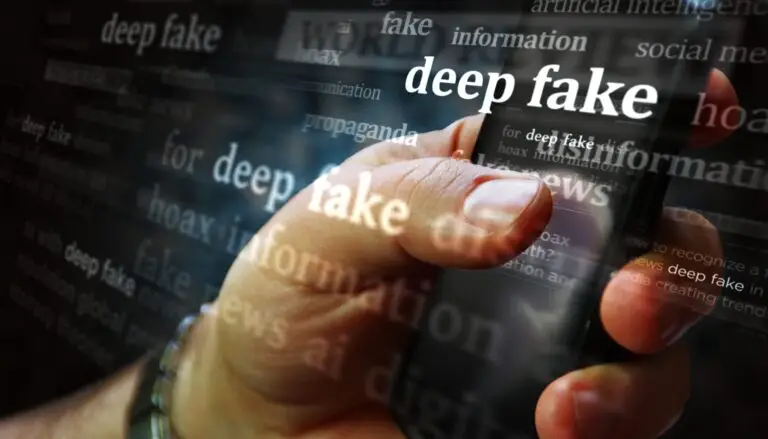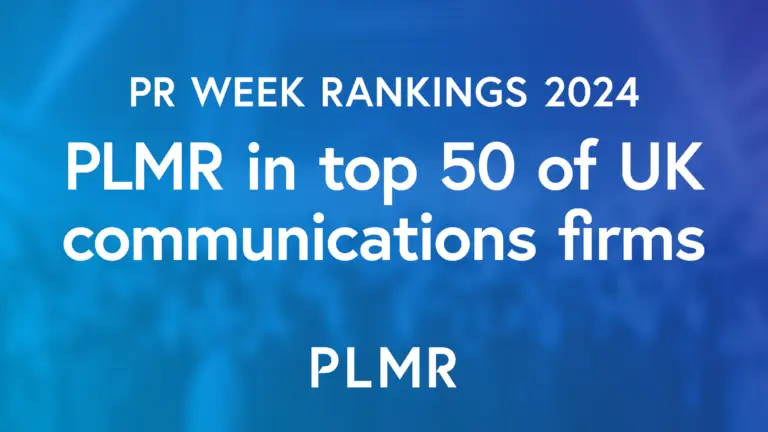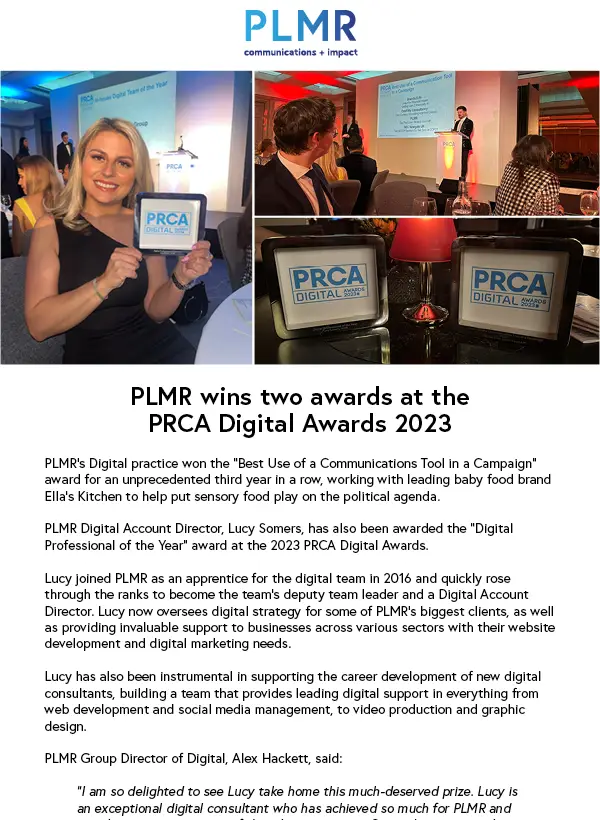Most people today can create AI generated content with the click of a button. One particular type of such content can be extremely dangerous to people, businesses, and society at large, and that is deepfakes. Deepfakes are highly realistic multimedia content, typically videos, images, or audio recordings created or altered using AI. They often depict individuals saying or doing things they never actually did.
What is a deepfake and why is it dangerous?
Unlike traditional forms of misinformation, well-generated deepfakes are very difficult to distinguish from authentic media. They are inherently deceptive, difficult to recognise, and often times, by the time they are detected as deepfakes, the damage has already been done.
The risks are well documented at this point with the most recent example of $25 million being lost by a Hong Kong company due to a deepfake scam.
This kind of content is now everywhere, having targeted very high-profile figures including Joe Biden, Keir Starmer, Taylor Swift and Martin Lewis. With the upcoming UK General Election, the potential risk of deepfakes threatens to undermine trust in the democratic process. False videos depicting candidates engaging in illicit activities or making controversial statements could sway public opinion and disrupt campaigns.
From a reputational perspective, combatting the rapid spread of misinformation and false narratives can cause irreparable damage and undermine trust in brands. So what should organisations do if they face a crisis that involves dealing with a deepfake?
How to tackle a deepfake crisis?
First of all, you should actively monitor online content and social media to swiftly identify deepfakes and respond accordingly. Remember, the quicker you take them down the less likely it is they would’ve damaged your image and ultimately the public’s trust. Check for media coverage and how social media conversations develop as you might need to adapt your approach accordingly.
You should also have a well-established crisis communication protocol that enables a prompt response and damage control. Designate spokespeople to liaise with media and address their inquiries and any other public concerns with clarity and authority.
Transparency and authenticity are key when navigating a deepfake crisis. You need to communicate with all relevant stakeholders – customers, employees, investors, perhaps the wider public. Inform them of the situation, clarify and reject any false allegations, and where appropriate involve them in the resolution process. Your messaging should focus on being upfront about the situation. This means acknowledging uncertainties, providing accurate information, and avoiding speculation to restore trust at any cost.
Once the situation has been clarified and you’re no longer in damage control, you may need to restore your organisation’s image and regain the trust of some of your audience. This could be done through a positive media outreach and stakeholder engagement campaign. Thought leadership is another crucial tool that can help build credibility in the face of adversity. My colleague, Harriet Goldman-Thompson, wrote an insightful piece about the value of thought leadership in combating deepfakes and disinformation.
Online conspiracies today can linger for extended periods of time, requiring a consistent and ongoing effort from organisations looking to maintain their image. More proactively however, having a robust reputation as well as a solid online presence not only helps build a positive brand image but also strengthens your resilience and credibility in crisis situations. By having a strong reputation ahead of time, you have a better chance of the public naturally questioning the authenticity of deepfakes as they emerge.





